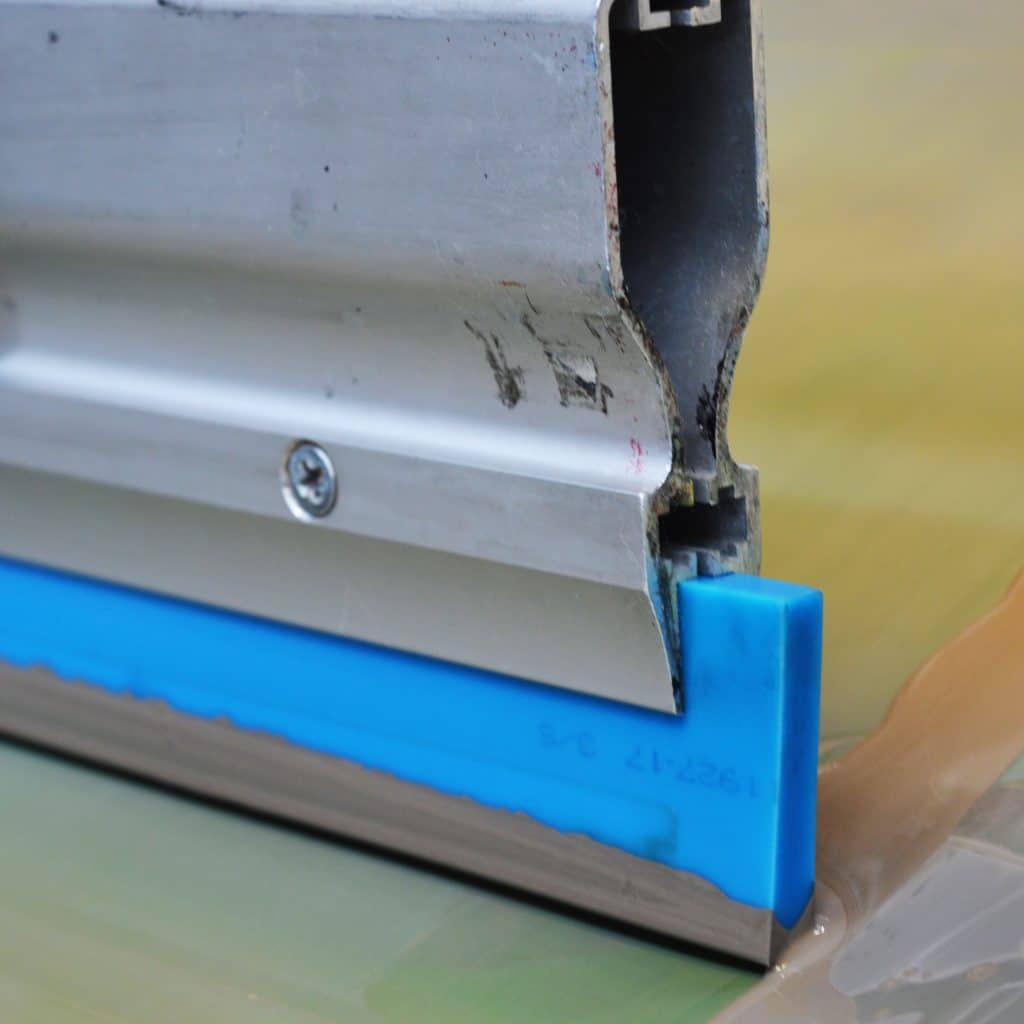Is Pad Printing different to Screen Printing?
What is Tampo Printing?
Tampo Printing, also known as Pad Printing, is a process that transfers a 2D image onto a 3D object. It is mostly used to print on to more difficult products in an array of different industries which include but aren't limited to medical, automotive, electronic and promotional. It can also be used to deposit purposeful materials like conductive inks, adhesives, dyes and lubricants.
How does Pad Printing work?
The process usually involves an etched plate (also known as a cliché), a silicone pad to transfer the image and the substrate. An image is etched on to the flat printing plate which is then filled with ink. The silicone pad that is used has a very smooth surface with chemical resistances which is then used to carry the ink from the plate and transfer it onto the object. The reason silicone is used for the pad is because the properties of the material means that it can't absorb the ink into itself, it can also adapt to irregular shaped surfaces.

What are the advantages of Tampo Printing?
- Permanent marking suitable for both indoor and outdoor applications
- Can print on a wide variety of surfaces and finishes due to the silicone pad
- Cost effective production, no need to apply seperate labels
- Fast prototyping
- Low to high volume
- Single colour to full colour print production
What are the applications of Tampo Printing?
- Electrical appliances - TV, toaster, iron & computer components
- Electrical miscellaneous - Cables, relays, connectors
- Medical equipment - Catheters, implants, surgical instruments, thermometers
- Sporting goods - Golf balls, footballs, hockey pucks, tennis rackets, stress balls
- Toys - Cars, building blocks, rattles, feeding bottles
- IT equipment - Keyboards, telephones, calculators
- Large appliances - dishwasher, boiler, washing machine, microwave & dryer components
- Accessories - Watches, eyewear, jewellery
- Giveaways - Pens, keychains, travel mugs/bottles, puzzles, frisbees, boomerangs, yo-yos
- Automotive - Engine covers, buttons, dials
What is the difference between Pad Printing and Screen Printing?
For those of you who aren't too sure on what Screen Printing entails, it is a process that uses a mesh stencil which ink is transferred to the material underneath. The stencil created from shapes, letters or words, blocks a portion of the screen. The screen sits atop the item that will receive the image, a shirt or poster, for example. The item is usually called a substrate. The print person places ink on top of the screen and stencil. They then squeegee the stencil and ink to create a sharp image on the subsrate. The main advantage of screen printing is in fact the durability due to the thickness of the inks that are used. A few advantages are that more colours in a design the more money it will be; this is because a screen has to be created for each colour. The other is the surface that are being printed on need to be flat.
As we are talking about the disadvantages of Screen Printing, Pad Printing does have its flaws. Speed isn't one of its strongest points, you also have to apply different colours separately which does take time but there is also a possibility that the registration could then become off. Has you can see, Screen and Tampo Printing do have their similarities but they both have a place in the print industry.
Thanks to this amazing technology you can more or less print on anything. Take a look at your desk, we guarantee that you will find something that has been Tampo Printed! Keyboard, pens, calculator... You never know, this might be the print process that is needed for your business.










